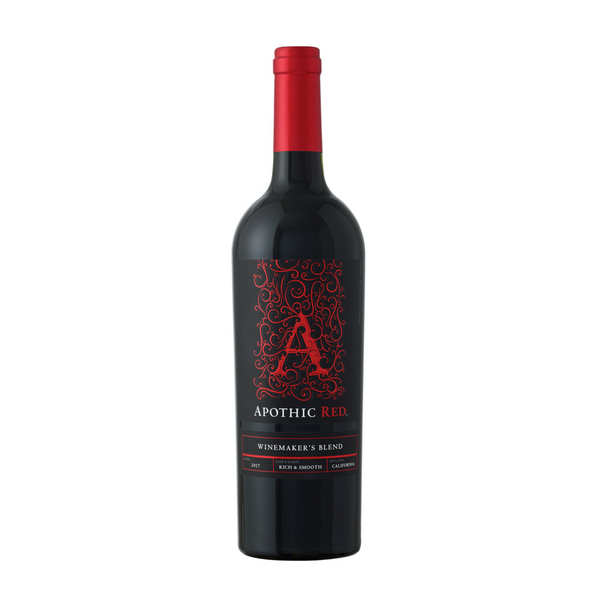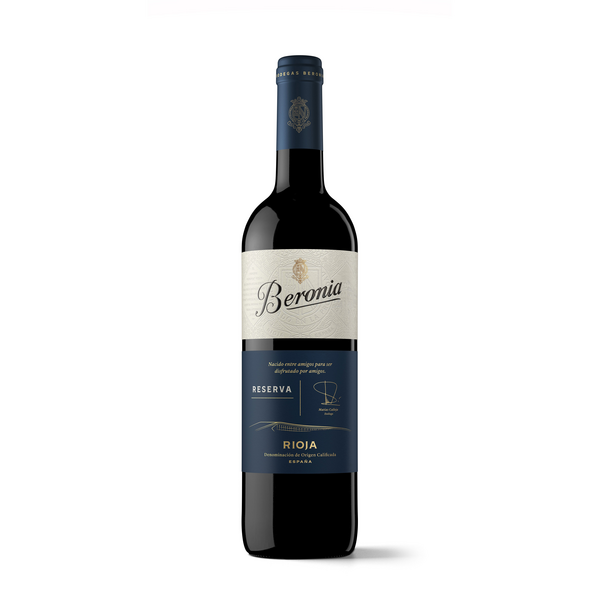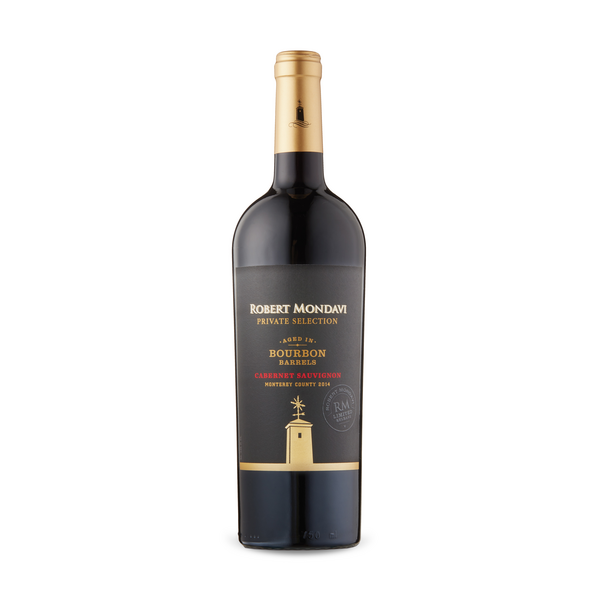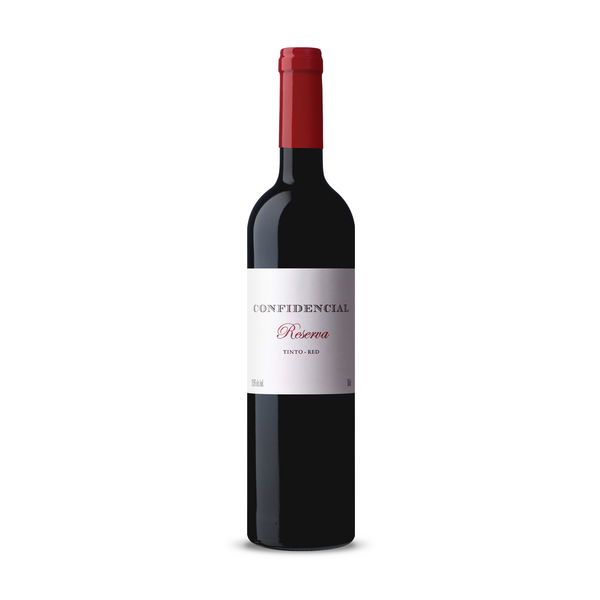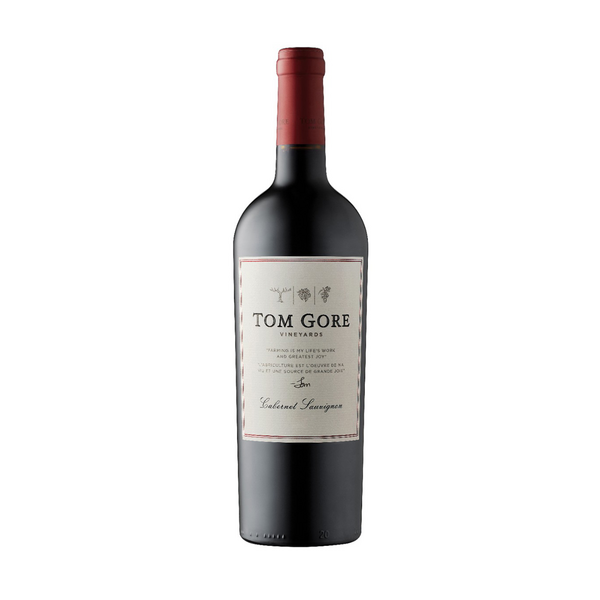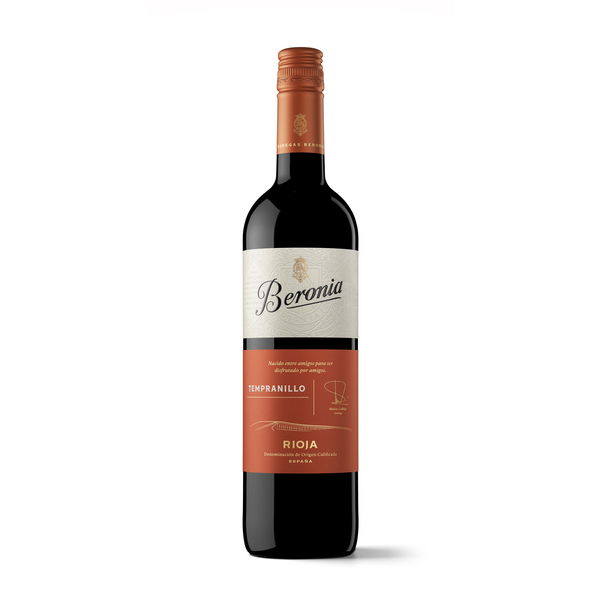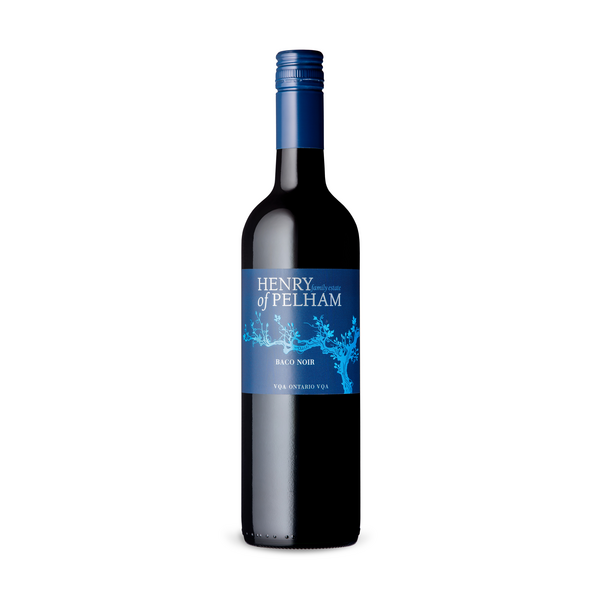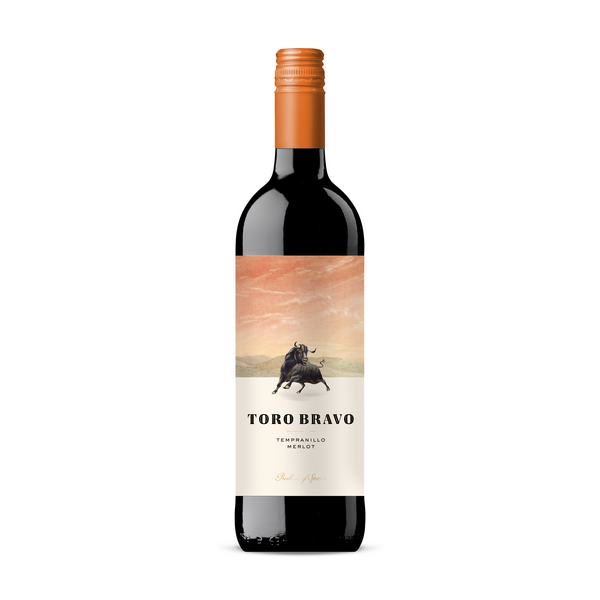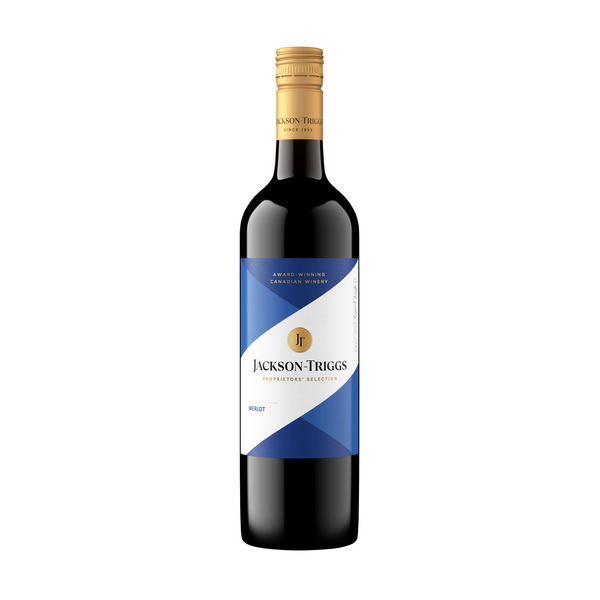-
 56.3 Million bottles delivered
56.3 Million bottles delivered
-
 30% Savings vs our competitors
30% Savings vs our competitors
-
 100% Canadian
100% Canadian
 56.3 Million bottles delivered
56.3 Million bottles delivered
 30% Savings vs our competitors
30% Savings vs our competitors
 100% Canadian
100% Canadian
- Alcohol Delivery
-
Beer
- All Beer
- Ale
- Show All
- Altbier
- Amber
- American IPA
- American Pale
- Belgian
- Belgian Strong
- Blonde
- Brown
- Cream
- Dark
- Double IPA
- Draught
- Dry
- English Bitter Ale
- English Pale Ale
- Flavoured & Spiced
- Fruit
- Golden
- Hazy DIPA
- Hazy IPA
- Honey
- Imperial IPA
- IPA
- Lagered
- Light
- New England IPA
- Other
- Pale
- Pilsner
- Red
- Red Ipa
- Saison
- Session IPA
- Sour
- Stout
- Stout & Porter
- Stout & Porter
- Strong
- Triple IPA
- West Coast IPA
- Wheat
- Wheat & Rye
- White IPA
- Cider
- Gifts and Samplers
- IPA
- Lager
- Light
- Malt
- Mixed Case
- Non-Alcoholic & Specialty
- Other
- Pale
- Porter
- Radler/Shandy
- Seltzer
- Specialty
- Specialty Beer
- Stout
- Beer Delivery Cities
-
Wine
- All Wine
- Champagne
- Fortified Wine
- Gifts and Samplers
- Icewine
- Red Wine
- Show All
- Agiorgitiko
- Agiorgitiko(St.George)
- Agiorgitiko/Cabernet Sauvignon
- Aglianico
- Alentejo
- Alicante
- Alicante Blend
- Amarone
- Aragonés Blend
- Arinto Blend
- Baco Noir
- Barbaresco
- Barbera
- Bardolino/Valpolicella
- Barolo
- Beaujolais
- Blaufränkisch
- Blend
- Blend - Cabernet
- Blend - Meritage
- Blend - Other
- Blended Table Red
- Bobal
- Bonarda
- Bordeaux
- Bordeaux Red
- Brachetto
- Brunello
- Burgundy
- Cabernet Franc
- Cabernet Franc Blend
- Cabernet Franc/Cabernet Sauvignon
- Cabernet Franc/Merlot
- Cabernet Merlot
- Cabernet Sauvignon
- Cabernet Sauvignon Blend
- Cabernet Sauvignon/Agiorgitiko
- Cabernet Sauvignon/Cabernet Franc
- Cabernet Sauvignon/Cabernet Franc/Petit Verdot
- Cabernet Sauvignon/Malbec
- Cabernet Sauvignon/Merlot
- Cabernet Sauvignon/Merlot/Cabernet Franc
- Cabernet Sauvignon/Petit Verdot
- Cabernet Sauvignon/Sangiovese
- Cabernet Sauvignon/Shiraz
- Cabernet Sauvignon/Shiraz/Merlot
- Cabernet Sauvignon/Sumoll
- Cabernet Sauvignon/Syrah
- Cabernet Sauvignon/Syrah/Carmenère
- Cabernet Shiraz Merlot
- Cabernet/Merlot
- Cannonau (Grenache)
- Carignan
- Carignan Blend
- Carignan/Grenache
- Carignan/Grenache/Syrah
- Carmenère
- Carmenère Blend
- Carmenère/Syrah
- Castelão Blend
- Catarratto
- Chardonnay Blend
- Châteauneuf-du-Pape
- Chianti
- Cinsault
- Clarete
- Corvina Blend
- Corvina/Raboso/Refosco
- Corvina/Rondinella
- Corvina/Rondinella/Molinara
- Corvina/Rondinella/Sangiovese
- DAO
- Dolcetto
- Douro
- Durif
- Feteasca Neagra
- Frappato
- Gamay
- Garnacha
- Graciano
- Grenache
- Grenache Blend
- Grenache Noir Blend
- Grenache/Carignan
- Grenache/Mourvèdre
- Grenache/Shiraz
- Grenache/Shiraz/Zinfandel
- Grenache/Syrah
- Grenache/Syrah/Carignan
- Grenache/Syrah/Mourvèdre
- Grenache/Tempranillo
- Kadarka
- Kékfrankos
- Lambrusco
- Limniona
- Limniona Blend
- Maceratino
- Madeira
- Malbec
- Malbec Blend
- Malbec/Cabernet Franc
- Malbec/Cabernet Sauvignon
- Malbec/Merlot
- Malvasia
- Maréchal Foch
- Mavrodaphne
- Mavrotragano
- Mencia
- Meritage
- Merlot
- Merlot Blend
- Merlot/Cabernet Franc
- Merlot/Cabernet Sauvignon
- Merlot/Cabernet Sauvignon/Cabernet Franc
- Merlot/Malbec
- Merlot/Sangiovese
- Monastrell (Mourvèdre)
- Monastrell (Mourvèdre) Blend
- Montepulciano
- Montepulciano/Sangiovese
- Mourvèdre
- Mourvèdre Blend
- Mourvèdre/Syrah/Grenache Noir
- Muscadet
- Muscatini
- Named Varietal Blends-Red
- Nebbiolo
- Nebbiolo Blend
- Nebbiolo/Barbera
- Negrette
- Negro Amaro
- Negroamaro
- Nerello Mascalese
- Nerello Mascalese Blend
- Nero D'Avola/Syrah
- Nero d'Avola
- Nero d'Avola Blend
- Nero di Troia
- Organic
- Other
- Other Red Varietal (Single)
- País
- Passerina
- Perricone
- Petit Verdot
- Petit Verdot/Cabernet Sauvignon
- Petite Sirah
- Petite Sirah Blend
- Piedirosso/Aglianico
- Pinot Noir
- Pinot Noir Blend
- Pinot Noir/Gamay
- Pinotage
- Plavac Mali
- Primitivo
- Primitivo Blend
- Primitivo/Negroamaro
- Pugnitello Blend
- Red - Full Bodied
- Red - Light Fruity
- Red - Medium Bodied
- Red - Sweet
- Red Blend
- Red Table Wines (Unnamed Blends)
- Refosco
- Refosco dal Peduncolo Rosso
- Regional Blended Red
- Rhône
- Rioja
- Ripasso
- Rubicon IGP
- Sagrantino
- Sangiovese
- Sangiovese Blend
- Sangiovese/Cabernet Sauvignon
- Sangiovese/Cabernet Sauvignon/Merlot
- Sangiovese/Canaiolo
- Sangiovese/Merlot
- Saperavi
- Schwarzriesling
- Sciaccarello
- Shiraz Blend
- Shiraz/Cabernet
- Shiraz/Cabernet Sauvignon
- Shiraz/Grenache
- Shiraz/Grenache/Mourvèdre
- Shiraz/Malbec
- Shiraz/Merlot/Cabernet
- Shiraz/Syrah
- Shiraz/Viognier
- Sparkling
- Syrah Blend
- Syrah/Carignan
- Syrah/Grenache
- Syrah/Malbec
- Syrah/Mourvèdre
- Syrah/Mourvèdre/Grenache
- Syrah/Mouvèdre/Grenache
- Syrah/Shiraz
- Syrah/Viognier
- Syrah/Xinomavro
- Tannat Blend
- Tannat/Cabernet Franc
- Tannat/Cabernet Franc/Cabernet Sauvignon
- Tempranillo
- Tempranillo Blend
- Tempranillo/Cabernet Sauvignon
- Tempranillo/Graciano
- Tempranillo/Grenache
- Tinta de Toro
- Tinta Fina
- Touriga Franca Blend
- Touriga Nacional
- Touriga Nacional Blend
- Touriga Nacional/Tinta Roriz
- Traminer
- Trousseau
- Valpolicella
- Vin Santo
- Vranac
- Xarel-lo
- Xinomavro
- Zinfandel
- Zinfandel Blend
- Zinfandel/Petite Sirah
- Zweigelt
- Rosé Wine
- Show All
- Blend
- Blended Table Rose
- Cabernet Franc
- Cabernet Franc Blend
- Cabernet Sauvignon/Shiraz/Merlot
- Cabernet/Merlot
- Commandaria
- Garnacha
- Grenache
- Grenache Blend
- Grenache/Shiraz
- Grenache/Syrah
- Kotsifali/Mandilari
- Moscato
- Negrette Blend
- Other
- Pinot Blanc
- Pinot Grigio
- Pinot Gris Blend
- Pinot Noir
- Pinot Noir Blend
- Rosato
- Rosé
- Rosé - Dry
- Rosé - Sweet
- Viura (Macabeo)
- Xinomavro
- Sake & Rice Wine
- Sparkling Wine
- Specialty Wine
- White Wine
- Show All
- Albana
- Albarossa
- Aligoté
- Alvarinho
- Alvarinho Blend
- Alvarinho/Albariño
- Antão Vaz Blend
- Arinto Blend
- Arneis
- Assyrtiko
- Assyrtiko/Athiri
- Athiri
- Athiri/Malagousia/Muscat
- Avesso
- Blend
- Blend - Other
- Blend - Semillon/Sauvignon Blanc
- Blended Table White
- Bordeaux
- Burgundy
- Carricante/Catarratto
- Chardonnay
- Chardonnay Blend
- Chardonnay Musqué
- Chardonnay/Sauvignon Blanc
- Chardonnay/Sémillon
- Chardonnay/Viognier
- Chenin Blanc
- Chenin Blanc Blend
- Clairette Blend
- Cortese
- Encruzado
- Falanghina
- Flavoured Wine
- Friulano
- Fruit Wine
- Fume Blanc
- Furmint
- Garganega
- Garganega Blend
- Garganega/Chardonnay
- Garganega/Trebbiano
- Garnacha
- Gewürztraminer
- Gewürztraminer/Riesling
- Godello
- Grasevina
- Grüner Veltliner
- Grenache Blanc
- Grenache Blanc Blend
- Grillo
- Gros Manseng
- Hárslevelu
- Loire
- Loureiro
- Malagousia
- Malvasia
- Marsanne
- Marsanne Blend
- Marsanne/Roussane
- Melon de Bourgogne
- Moscatel
- Moscato
- Moschofilero
- Mtsvane
- Muscat
- Named Varietal Blends-White
- Other
- Other White Varietals (Single)
- Pecorino
- Picpoul Blanc
- Pinot Bianco
- Pinot Blanc
- Pinot Grigio
- Pinot Gris
- Pinot Gris Blend
- Pinot Gris/Pinot Grigio/Rulander
- Regional Blended White
- Retsina
- Rhône
- Ribolla Gialla
- Riesling
- Riesling Auslese
- Riesling Beerenauslese
- Riesling Blend
- Riesling Kabinett
- Riesling Spätlese
- Rkatsiteli
- Rkatsiteli/Mtsvane
- Roter Veltliner
- Roupeiro blend
- Roussanne Blend
- Roussanne/Grenache
- Sangiovese Blend
- Santenay
- Sauternes
- Sauvignon Blanc
- Sauvignon Blanc Blend
- Sauvignon Blanc/Chardonnay
- Sauvignon Blanc/Sémillon
- Savagnin
- Savatiano
- Sémillon
- Sémillon Blend
- Sémillon/Sauvignon Blanc
- Sémillon/Sauvignon Blanc/Muscadelle
- Scheurebe
- Semillon/Riesling
- Soave
- Tamaioasa Romaneasca
- Tokaj
- Torrontes
- Traminer
- Trebbiano
- Tsipouro
- Verdejo
- Verdejo Blend
- Verdelho
- Verdicchio
- Vermentino
- Vernaccia
- Vidal
- Vidal Blend
- Vinho Verde
- Viognier
- Viognier Blend
- Viognier/Marsanne
- Viura (Macabeo)
- Viura Blend
- White - Fruity
- White - Full Bodied
- White - Light Dry
- White - Sweet
- White Blend
- White Table Wines (Unnamed Blends)
- Xarel-lo
- Xinomavro
- Xinomavro Blend
- Xynisteri
- Wine Delivery Cities
- Liquor
- Staff Picks
- Gift Ideas
- Promotions
- Become a Driver
National Red Wine Day
Occasions
April
May
June
July
August
September
October
November
December
January
February
March
National Red Wine Day is celebrated on August 28th each year. This day is dedicated to recognizing and appreciating the beauty and diversity of red wines from around the world.
Red wine is a type of wine made from dark-colored grape varieties. It is one of the most popular and widely consumed types of wine in the world. The color of red wine comes from the skin of the grapes during the winemaking process, where the grape juice ferments along with the skins, seeds, and sometimes stems. This process allows the wine to extract pigments, tannins, and flavors from the grape skins, resulting in its characteristic color and taste.
The history of red wine is a fascinating journey that spans thousands of years and is deeply intertwined with the development of human civilization. The origins of red wine can be traced back to ancient civilizations, with evidence of winemaking dating back as early as 6000 BCE in areas like the Caucasus region (modern-day Georgia) and ancient Mesopotamia (present-day Iraq).
Winemaking techniques spread through the ancient world, reaching ancient Egypt, Greece, and the Roman Empire. The Greeks and Romans, in particular, played a significant role in promoting wine cultivation and establishing vineyards across their territories. The spread of Christianity further facilitated the expansion of wine production, as wine became a central element in religious rituals, including the celebration of the Eucharist.
During the Middle Ages, European monasteries became centers of wine production and viticultural knowledge. Monks preserved the art of winemaking and cultivated vineyards, contributing to the continued growth of the wine industry. The Renaissance era saw renewed interest in wine, with advancements in winemaking techniques and the cultivation of noble grape varieties in regions like Bordeaux, Burgundy, and Tuscany.
In the Age of Exploration, European explorers introduced wine grapes to the New World, including North and South America, where viticulture thrived in regions with suitable climates. The 19th and 20th centuries saw significant advancements in winemaking technology, including the use of stainless steel tanks and temperature-controlled fermentation. This led to more consistent and higher-quality wines.
Today, red wine is produced in numerous wine regions worldwide, with a wide range of grape varieties, winemaking styles, and flavor profiles. Regions like Bordeaux, Burgundy, Napa Valley, and Barossa Valley are renowned for their exceptional red wines.
Flavor Profile: Red wines offer a diverse range of flavors, ranging from light and fruity to bold and robust. Common flavor profiles include red fruits (such as cherry, raspberry, and strawberry), black fruits (like blackberry and plum), earthy notes, spices, and hints of oak from aging in barrels.
Tannins: Red wines typically contain tannins, which are natural compounds found in grape skins, seeds, and stems. Tannins add structure and a drying sensation to the wine, contributing to its mouthfeel and aging potential.
Aging Potential: Many red wines, especially those made from grape varieties like Cabernet Sauvignon, Merlot, and Nebbiolo, have the potential to age gracefully over time. Properly cellared red wines can develop complex flavors and aromas, mellowing out harsh tannins and showcasing secondary and tertiary characteristics.
Types of Red Wine: There are numerous red wine grape varieties and styles, each with its unique characteristics. Some popular red wine types include Cabernet Sauvignon, Merlot, Pinot Noir, Syrah (Shiraz), Zinfandel, Malbec, and Sangiovese, among others.
Wine Regions: Red wine is produced in many wine regions around the world. Each region's climate, soil, and winemaking traditions contribute to the distinctive qualities of the wines produced there.
Food Pairing: Red wines pair well with a wide range of foods, making them a versatile choice for mealtime. Lighter reds, like Pinot Noir, can complement poultry and fish dishes, while bolder reds, such as Cabernet Sauvignon or Syrah, pair well with red meats and hearty dishes.
Health Benefits: Red wine is often associated with health benefits when consumed in moderation. It contains antioxidants and resveratrol, which have been linked to potential heart health benefits.
Red wine's history is a tapestry of human ingenuity and cultural exchange, reflecting the enduring passion for viticulture and the art of winemaking. From ancient rituals to modern-day celebrations, red wine continues to be a cherished and integral part of human life, enjoyed by people from all walks of life around the globe. Red wine's popularity is a testament to its diverse and complex character, making it a beloved choice for wine enthusiasts around the globe. Whether you're enjoying a fruity and approachable Merlot or savoring a complex and age-worthy Bordeaux, red wine offers a delightful journey of flavors and a window into the rich tapestry of the world of wine. Cheers to the timeless legacy of red wine!

